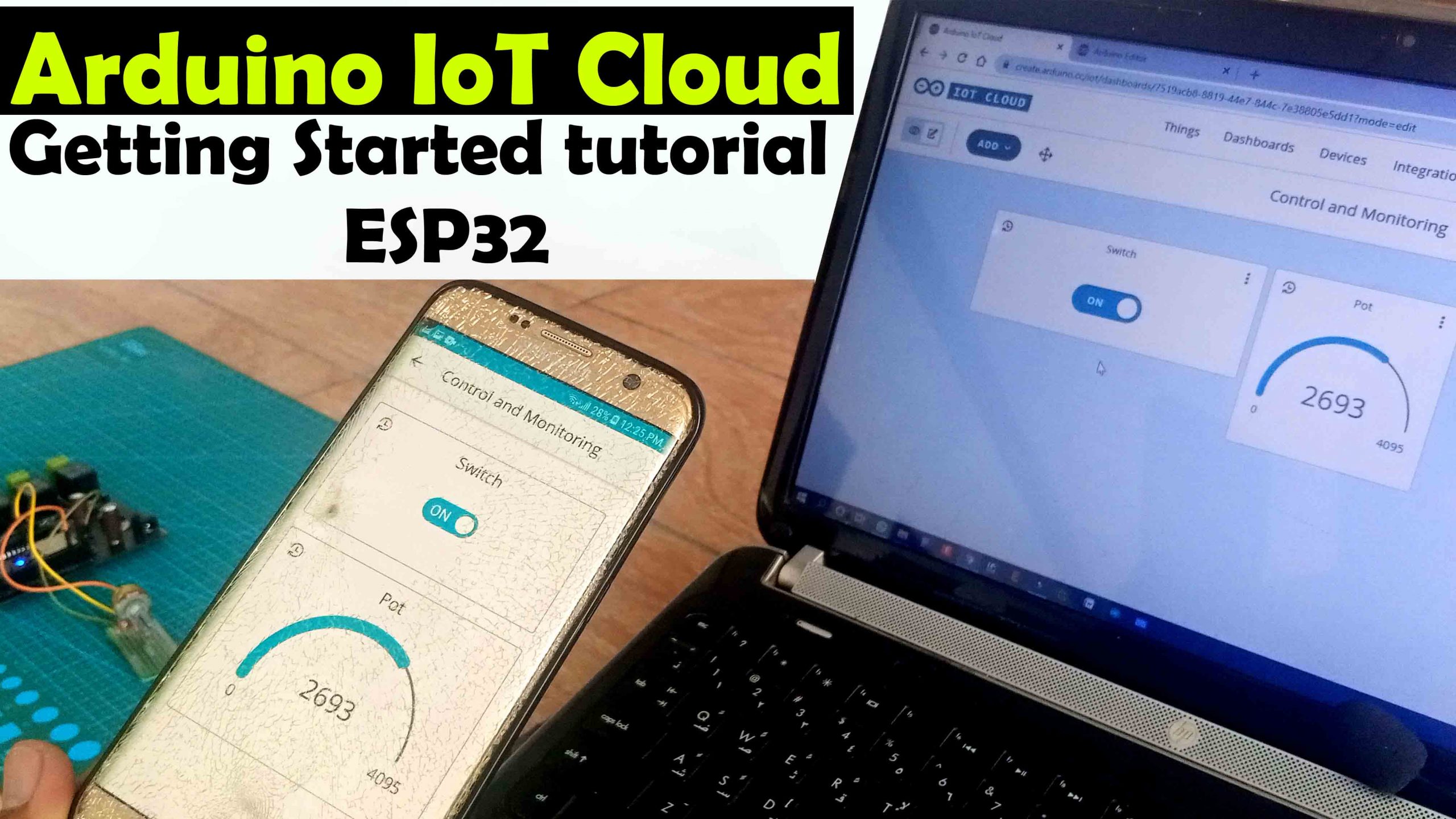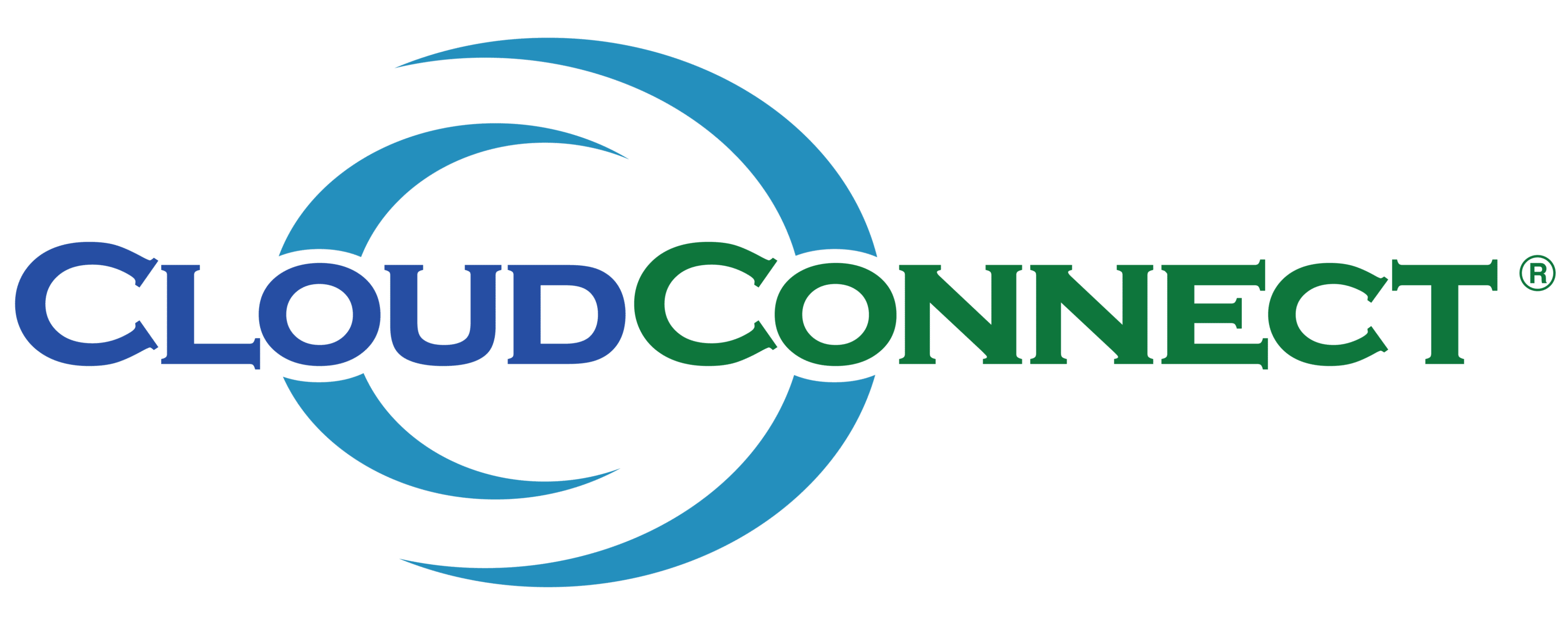Let’s face it, RemoteIoT Cloud Connect has become a buzzword in the tech world, and for good reason. If you're diving into the IoT realm, understanding how to connect devices to the cloud is no longer a luxury—it's a necessity. RemoteIoT Cloud Connect is your ticket to unlocking the full potential of IoT, offering a robust platform for data management, analytics, and real-time monitoring. Whether you're a seasoned developer or a curious beginner, this tutorial will walk you through everything you need to know to get started. So, buckle up, because we’re about to take a deep dive into the world of cloud-connected IoT.
Imagine this: You have a fleet of smart devices scattered across different locations, all generating data every second. Now, how do you make sense of it all? That’s where RemoteIoT Cloud Connect comes in. It acts as the bridge between your devices and the cloud, allowing you to collect, process, and analyze data seamlessly. In this tutorial, we’ll break down the process step by step, ensuring you’re equipped with the knowledge to implement it effectively.
Before we jump into the nitty-gritty, let’s talk about why RemoteIoT Cloud Connect matters. In today’s hyper-connected world, businesses and individuals alike are looking for ways to optimize their operations. By connecting your IoT devices to the cloud, you gain access to powerful tools that can transform raw data into actionable insights. This tutorial will guide you through setting up your connection, troubleshooting common issues, and leveraging advanced features to enhance your IoT experience.
- Gmail Security How It Keeps Your Emails Private Safe Learn Now
- Sunnyrayxo Nude Content Leaks Videos More
Table of Contents
- What is RemoteIoT Cloud Connect?
- Benefits of Using RemoteIoT Cloud Connect
- Step-by-Step Setup Guide
- Managing Devices on RemoteIoT Cloud
- Ensuring Security in Your IoT Setup
- Common Issues and Troubleshooting Tips
- Exploring Advanced Features
- Integrating with Third-Party Platforms
- Best Practices for RemoteIoT Cloud Connect
- Future Trends in IoT Cloud Connectivity
What is RemoteIoT Cloud Connect?
RemoteIoT Cloud Connect is a platform designed to simplify the process of connecting IoT devices to the cloud. Essentially, it acts as the middleman, facilitating communication between your devices and the cloud infrastructure. This connection allows for real-time data transfer, storage, and analysis, empowering you to make informed decisions based on the insights gathered.
One of the standout features of RemoteIoT Cloud Connect is its scalability. Whether you’re managing a handful of devices or a large-scale deployment, the platform can handle it all. Plus, it offers a user-friendly interface that makes it accessible even to those who are new to IoT.
Why Choose RemoteIoT Cloud Connect?
- Easy integration with existing systems
- Robust security measures to protect your data
- Support for a wide range of devices and protocols
- Real-time monitoring and analytics capabilities
Now that we’ve covered the basics, let’s dive into the benefits of using this platform.
Benefits of Using RemoteIoT Cloud Connect
When it comes to IoT, the right tools can make all the difference. RemoteIoT Cloud Connect offers a host of advantages that set it apart from other platforms. Here are some of the key benefits:
1. Scalability
As your IoT deployment grows, so does your need for a platform that can keep up. RemoteIoT Cloud Connect is built to handle large-scale operations, ensuring that your devices remain connected and your data remains accessible no matter how many devices you add.
2. Security
Data security is a top priority for any IoT setup, and RemoteIoT Cloud Connect doesn’t disappoint. With advanced encryption and authentication protocols, you can rest assured that your data is safe from unauthorized access.
3. Flexibility
Not all IoT devices are created equal, and that’s where RemoteIoT Cloud Connect shines. It supports a wide range of devices and communication protocols, making it easy to integrate with your existing infrastructure.
With these benefits in mind, let’s move on to the setup process.
Step-by-Step Setup Guide
Setting up RemoteIoT Cloud Connect might seem daunting at first, but with this guide, you’ll be up and running in no time. Follow these steps to ensure a smooth installation process:
Step 1: Create an Account
Head over to the RemoteIoT Cloud Connect website and sign up for an account. You’ll need to provide some basic information, such as your name and email address. Once you’ve created your account, you’ll gain access to the platform’s dashboard.
Step 2: Add Your Devices
The next step is to add your IoT devices to the platform. This can usually be done by providing the device’s unique identifier, such as its MAC address or serial number. The platform will guide you through the process, ensuring that your devices are properly registered.
Step 3: Configure Settings
Once your devices are added, it’s time to configure the settings. This includes setting up communication protocols, defining data collection intervals, and specifying any alerts or notifications you’d like to receive. Take your time with this step to ensure everything is set up correctly.
Step 4: Test the Connection
Before you go live, it’s important to test the connection between your devices and the cloud. This will help you identify and resolve any issues before they become major problems. Use the platform’s built-in testing tools to verify that everything is working as expected.
Now that your setup is complete, let’s talk about managing your devices.
Managing Devices on RemoteIoT Cloud
Managing your IoT devices is a crucial part of maintaining a successful deployment. RemoteIoT Cloud Connect provides a variety of tools to help you keep your devices in check. Here are some tips for effective device management:
- Regularly update firmware to ensure compatibility and security
- Monitor device performance to identify and address issues early
- Set up automated alerts for critical events, such as connectivity loss
With these tools at your disposal, you can ensure that your devices remain operational and your data remains reliable.
Ensuring Security in Your IoT Setup
Security should always be a top priority when working with IoT devices. RemoteIoT Cloud Connect offers several features to help you protect your data and devices. Here are some best practices for securing your IoT setup:
1. Use Strong Authentication
Implement strong authentication mechanisms, such as two-factor authentication, to prevent unauthorized access to your devices and data.
2. Encrypt Your Data
Ensure that all data transmitted between your devices and the cloud is encrypted using industry-standard protocols. This will protect your data from interception and tampering.
3. Regularly Audit Your Systems
Conduct regular audits of your IoT systems to identify and address any security vulnerabilities. This will help you stay ahead of potential threats and ensure the integrity of your data.
Now that your devices are secure, let’s tackle some common issues that may arise.
Common Issues and Troubleshooting Tips
No matter how well you plan, issues can still crop up. Here are some common problems you might encounter with RemoteIoT Cloud Connect and how to resolve them:
Issue 1: Connectivity Problems
If your devices are having trouble connecting to the cloud, check the following:
- Ensure that your devices are within range of the network
- Verify that the network settings are correct
- Check for any firewall or router configurations that may be blocking the connection
Issue 2: Data Transfer Delays
Delays in data transfer can be frustrating, but they’re often easy to fix. Try the following:
- Optimize your data collection intervals to reduce the amount of data being transmitted
- Upgrade your network infrastructure to improve bandwidth
- Check for any bottlenecks in your cloud setup
With these troubleshooting tips, you’ll be able to resolve most issues quickly and efficiently.
Exploring Advanced Features
Once you’ve mastered the basics, it’s time to explore some of the advanced features offered by RemoteIoT Cloud Connect. These features can take your IoT setup to the next level, providing even more value and functionality.
1. Machine Learning Integration
Integrate machine learning algorithms to analyze your data and uncover hidden insights. This can help you make more informed decisions and improve the efficiency of your operations.
2. Custom Dashboards
Create custom dashboards to visualize your data in a way that makes sense for your business. Whether you need real-time monitoring or historical data analysis, custom dashboards can help you stay on top of your IoT deployment.
Integrating with Third-Party Platforms
RemoteIoT Cloud Connect offers seamless integration with a variety of third-party platforms, allowing you to expand the capabilities of your IoT setup. Here are some popular integrations:
- CRM systems for customer relationship management
- ERP systems for enterprise resource planning
- Analytics platforms for advanced data analysis
By integrating with these platforms, you can create a more comprehensive solution that addresses all of your business needs.
Best Practices for RemoteIoT Cloud Connect
To get the most out of RemoteIoT Cloud Connect, it’s important to follow best practices. Here are some tips to help you succeed:
- Plan your deployment carefully to ensure scalability and flexibility
- Regularly update your devices and software to stay ahead of security threats
- Document your processes and configurations to make troubleshooting easier
By following these best practices, you’ll be well on your way to a successful IoT deployment.
Future Trends in IoT Cloud Connectivity
The world of IoT is constantly evolving, and RemoteIoT Cloud Connect is at the forefront of these changes. Here are some trends to watch for in the future:
1. Edge Computing
Edge computing is becoming increasingly popular as a way to reduce latency and improve performance. By processing data closer to the source, edge computing can enhance the capabilities of your IoT setup.
2. Artificial Intelligence
AI is expected to play a larger role in IoT, providing advanced analytics and automation capabilities. This will enable businesses to make even more informed decisions based on their IoT data.
As these trends continue to develop, RemoteIoT Cloud Connect will undoubtedly adapt to meet the needs of its users.
Conclusion
In conclusion, RemoteIoT Cloud Connect is a powerful platform that can transform the way you manage your IoT devices. By following the steps outlined in this tutorial, you can set up a secure and efficient connection between your devices and the cloud. Remember to regularly update your systems, monitor performance, and explore advanced features to get the most out of your deployment.
Now it’s your turn! Whether you’re just starting out or looking to expand your existing IoT setup, RemoteIoT Cloud Connect has something to offer. Leave a comment below to share your experiences or ask any questions you might have. And don’t forget to check out our other articles for more tips and tricks on all things IoT.
- Victoria Jason Spartz Details Background What You Should Know
- Aagmaal What You Need To Know Top Competitors


